Description
ใบผักเสี้ยน มีใบเป็นใบประกอบ มี 3-5 ใบย่อย ก้านใบมีความยาวประมาณ 3-8 เซนติเมตร ลักษณะของใบย่อยเป็นรูปไข่กลับหรือรูปใบหอกกลับ ยาวประมาณ 2.5-5 เซนติเมตร ปลายใบแหลม โคนเรียวสอบ ส่วนขอบใบเป็นจักฟันเลื่อยละเอียด และมีใบประดับจำนวนมาก ใบย่อยมี 3 ใบ ยาวประมาณ 0.5-2.5 เซนติเมตร ก้านสั้น
ดอกผักเสี้ยน ออกดอกเป็นช่อที่ปลายกิ่ง ยาวประมาณ 5-2 เซนติเมตร ขยายอีกในช่อผล มีดอกจำนวนมาก ส่วนก้านดอกยาวประมาณ 1-2 เซนติเมตร กลีบเลี้ยงดอกมี 4 กลีบ ลักษณะเป็นรูปใบหอก ยาวได้ประมาณ 7 มิลลิเมตร มีเกสรตัวผู้ 6 อันติดบนก้านชูเกสรร่วมที่ยาวประมาณ 0.8-2.3 เซนติเมตร ก้านมีเกสรสีม่วง ยาวประมาณ 1-2 เซนติเมตร อับเรณูมีสีเขียวอมน้ำตาล ลักษณะเป็นรูปขอบขนาน ยาวประมาณ 1-3 มิลลิเมตร ก้านรังไข่สั้น ยาวประมาณ 1-2 มิลลิเมตร ยื่นยาว 1-1.4 เซนติเมตร ในผล รังไข่เป็นรูปทรงกระบอกสั้น ๆ ยาวประมาณ 2-3 มิลลิเมตร ก้านเกสรตัวเมียสั้น ยอดเกสรเป็นตุ่มและติดทน
ผลผักเสี้ยน ผลมีลักษณะเป็นฝักยาวคล้ายถั่วเขียว ฝักมีสีเขียวเปลี่ยนเป็นสีน้ำตาลอ่อน ฝักยาวประมาณ 4-9.5 เซนติเมตร ด้านในฝักมีเมล็ดจำนวนมาก
เมล็ดผักเสี้ยน เมล็ดมีสีน้ำตาลแดงปนสีดำ ผิวเมล็ดมีรอยย่น ยาวประมาณ 1.5 มิลลิเมตร
สมุนไพรผักเสี้ยน ส่วนที่นำมาใช้เป็นยาสมุนไพรได้แก่ ต้น ดอก ใบ เมล็ด และราก แต่ปกติทั่วไปแล้วจะไม่ค่อยใช้ผักเสี้ยนมาเป็นยาสมุนไพรมากนัก แต่จะนิยมนำมาดองกินมากกว่า ส่วนผักเสี้ยนชนิดที่นิยมนำมาใช้เป็นยาสมุนไพรนั้น จะใช้ผักเสี้ยนผีมากกว่า แต่บางครั้งก็ใช้ทั้งสองอย่าง
สรรพคุณของผักเสี้ยน
สรรพคุณผักเสี้ยน ช่วยบำรุงเลือดลม บำรุงร่างกายและให้พลังงาน (ผักเสี้ยนดอง)
ผักเสี้ยนมีสารต้านอนุมูลอิสระ ช่วยต่อต้านมะเร็ง มีฤทธิ์ช่วยฆ่าเชื้อ (ผักเสี้ยนดอง)
รากผักเสี้ยนใช้ต้มรับประทานเป็นยาแก้ไข้ (ราก) ทั้งต้นช่วยแก้ไข้ตรีโทษ (ทั้งต้น)
ผักเสี้ยนช่วยแก้อาการปวดหู (ใบ)
รากใช้ต้มรับประทานเป็นยารักษาโรคเลือดออกตามไรฟัน (ราก)
เมล็ดผักเสี้ยนช่วยขับเสมหะ (เมล็ด)ส่วนใบช่วยบำรุงเสมหะให้เป็นปกติ (ใบ)
รากผักเสี้ยนช่วยแก้ลมอันเป็นพิษ (ราก)
ทั้งต้น (ใบ ดอก ต้น เมล็ด ราก) มีรสร้อน ช่วยแก้อาการปวดท้อง ลงท้อง (ทั้งต้น)
เมล็ดผักเสี้ยนช่วยขับพยาธิไส้เดือน (เมล็ด)
ช่วยแก้ปัสสาวะพิการ (ใบ)
Spider Plant (Cleome gynandra)—also known as African cabbage, spider wisp, and cat’s whiskers—is a wild green leafy vegetable that grows all over tropical Africa, Asia, and the Americas. The African native most likely originated in Eastern Africa, in Ethiopia and Somalia. It is not formally cultivated, but among poor rural communities—especially in the Kalahari and Namib regions of Southern Africa—young leaves are collected, cooked, and eaten like spinach.
Spider plant is generally considered a weed, plaguing maize and bean fields in Kenya and other countries. But calledmwangani in Swahili, spider plant is highly nutritious and is well adapted to many African ecosystems.
High in vitamins and micronutrients, spider plant contributes to a healthy diet for many rural Africans with limited food budgets. It is known to have high levels of beta-carotene and vitamin C. Often vitamin C is lost after cooking, but spider plant retains the vitamin better than many other vegetables. It also contains significant amounts of calcium, magnesium, and iron. When cooked in oil, a serving can contain over 450 percent of the daily vitamin A requirement and 72 percent when cooking oil isn’t used.
The plant is also high in protein and has more amino acids than groundnut. High levels of antioxidants in the vegetable may help prevent diseases like diabetes, cancer, and heart diseases.
Although spider plant is can be dried and stored for up to two years, storage can greatly reduce its nutritional value. Most often the plant is cooked and eaten fresh. Leaves, stems, pods, and flowers are boiled in water or milk or fried in a pan with oil. The addition of milk reduces the natural bitterness of the leaves. Another common method to reduce bitterness is to boil the leaves, discard the water, and then add them to other ingredients in a stew or side dish with other vegetable and spices. In East Africa, fresh leaves are used in mashed foods. Dried leaves are sometimes ground and mixed into weaning foods for babies. In Zambia, crushed groundnuts are often added to a spider plant dish to enhance flavor.
The wild vegetable is also consumed in South and Southeast Asian countries. In India, it is eaten as an herb in boiled dishes and in sauces. In Thailand, it is eaten as a pickled vegetable called pak-sian-dong.
The seeds of the spider plant are high in oil content. The oil can be extracted by pressing and does not require refining. After pressing, the remaining seed cake can be used for animal feed. Whole seeds can be used to feed chickens and other birds. Cows, camels, horses, and wild game animals graze on wild spider plants, and the leaves can be fed to livestock as forage.
Both the leaves and seeds are used in indigenous medicine in many countries. In Uganda, for example, the plant is used to speed up the process of childbirth and ease labor pains. After giving birth, some women eat spider plant to regain strength and increase lactation. In other countries, spider plant remedies are used to treat headaches, stomach aches, constipation, vomiting, diphtheria, vertigo, pneumonia, and ear infection. The vegetable is also fed to boys after circumcision, as it is believed to help replenish blood. The leaves have anti-inflammatory properties and preliminary scientific studies have suggested that spider plant may be useful in the development of a treatment for arthritis.
Spider plant is known to have insecticidal properties as well. A spider plant leaf extract, mixed with water, can be sprayed on other crops to reduce aphid and thrip populations. Intercropping of spider plants with cabbage has been known to reduce diamondback moth and thrip attacks. In rose greenhouses in Kenya, spider plants are sometimes intercropped to reduce red spider mites.
The spider plant is a hardy native, and can withstand high daytime temperatures, intense sunlight, and drought. It thrives in sandy and degraded soils, although it does not do well in water logged or heavy clay soils. It is a fast growing plant and in the right conditions can be harvested in as few as three weeks after planting, making it important for food security for rural populations.
Research and development of spider plant as a crop could have multiple benefits. Yields are usually high, with little need for irrigation or added chemicals in many areas throughout Africa. Nutritional benefits are significant, and there is an established spider plant culinary tradition in many African cultures. In Southern and Eastern Africa, spider plant is sold in both rural and urban markets when the plant is in abundance, proving that the crop can be a profitable food product. Further economic benefit could come from the development of medicinal products and insecticides, and seed oils could be used in soaps, biofuels, or other commercial products.
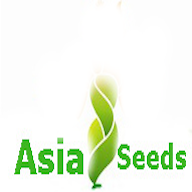
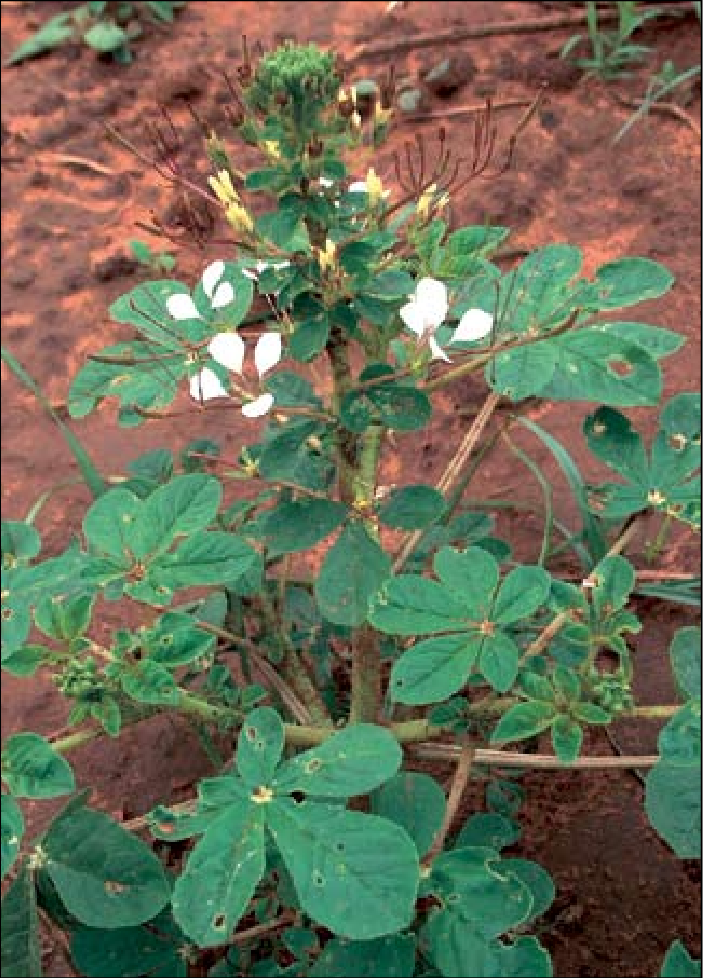

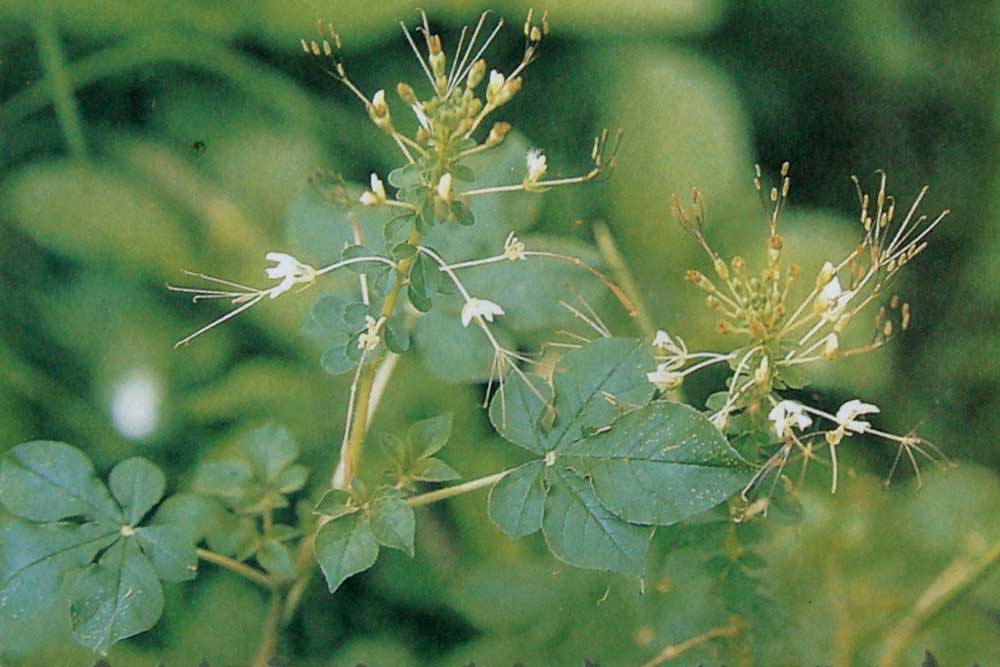
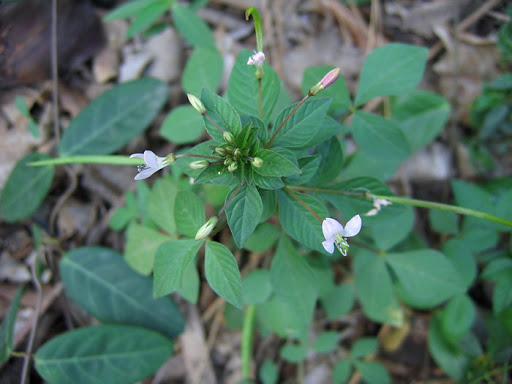
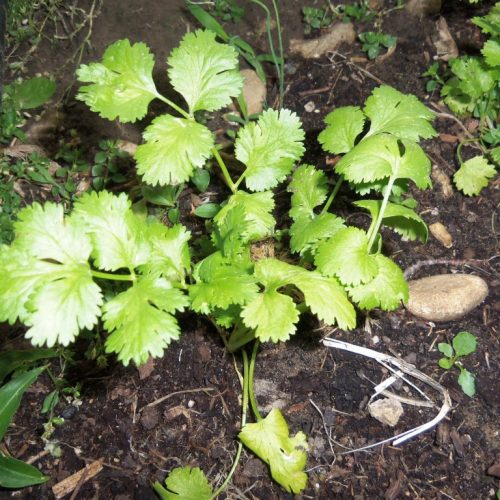
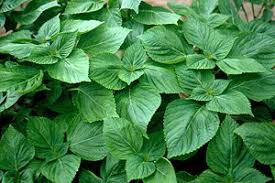
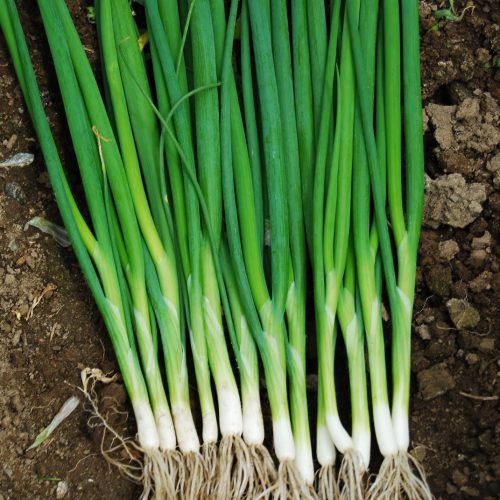
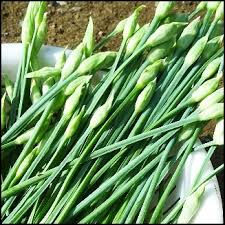
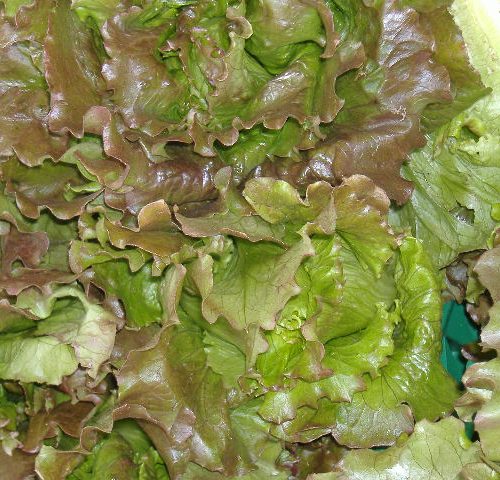
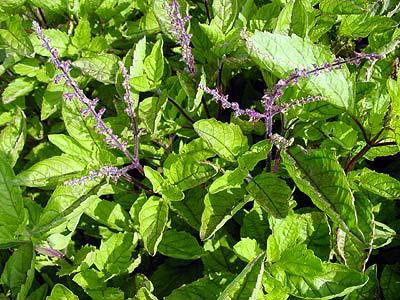
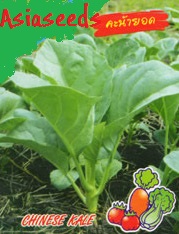
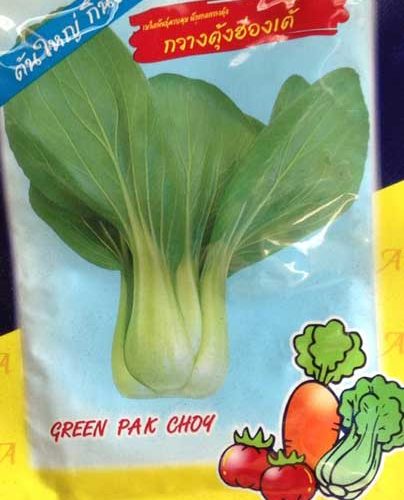
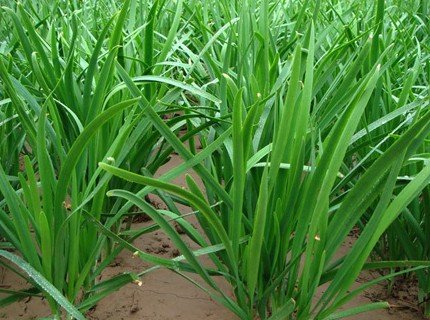
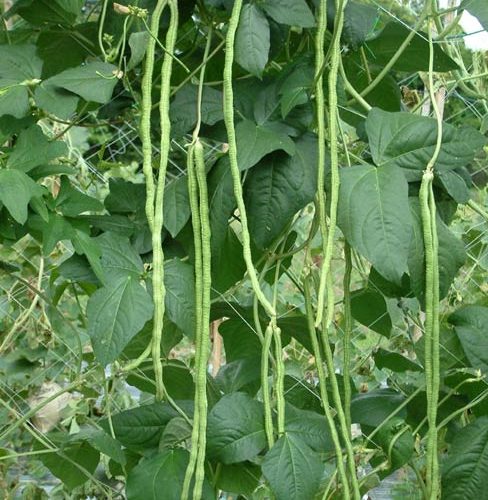
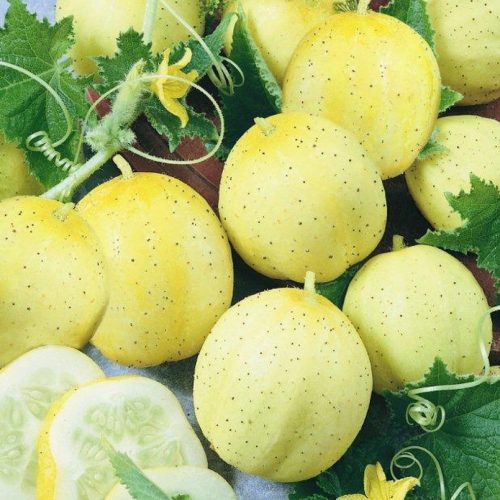
Reviews
There are no reviews yet.